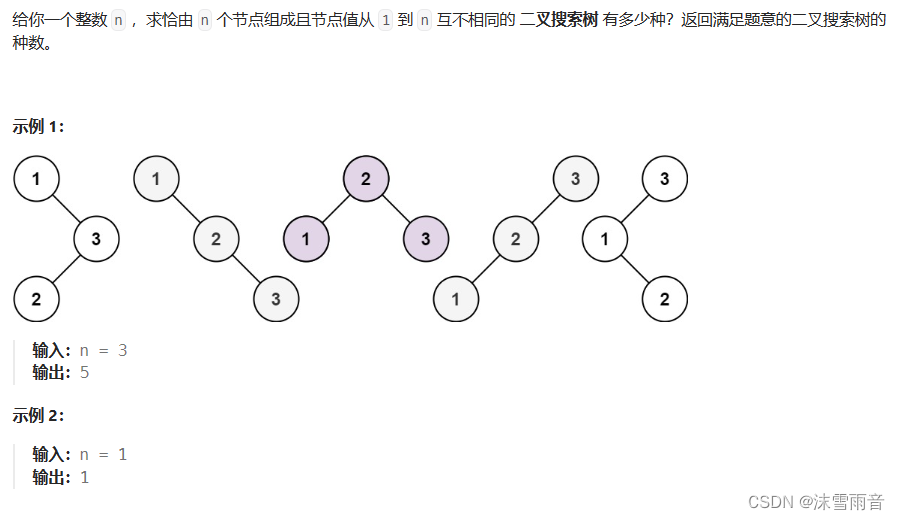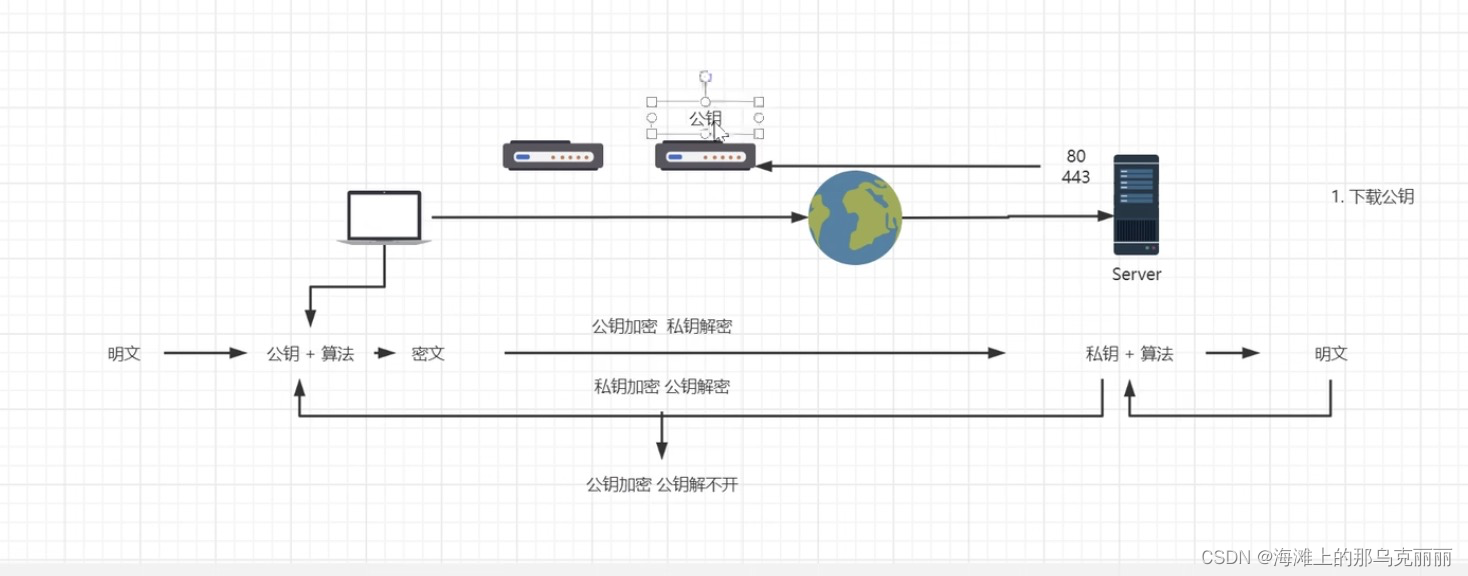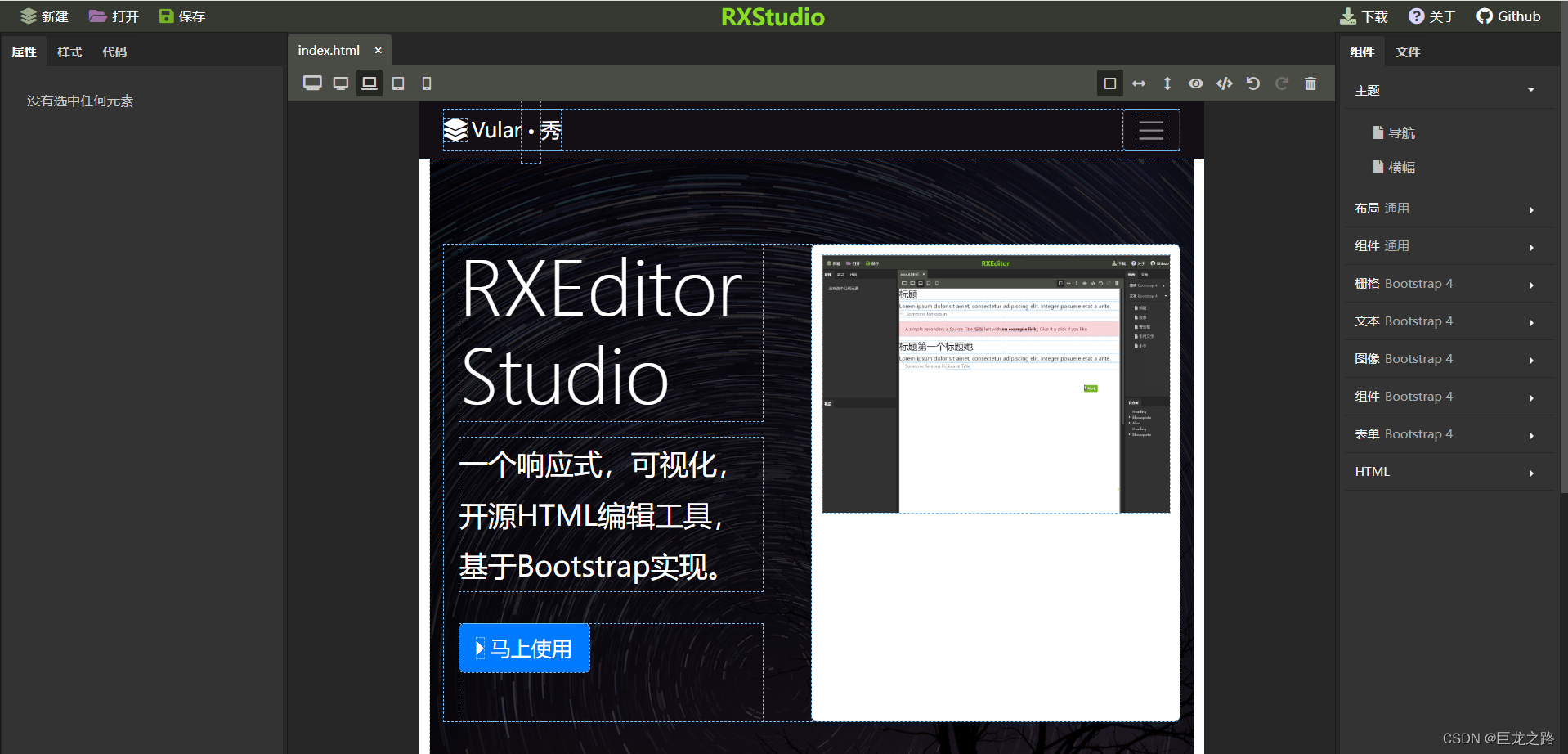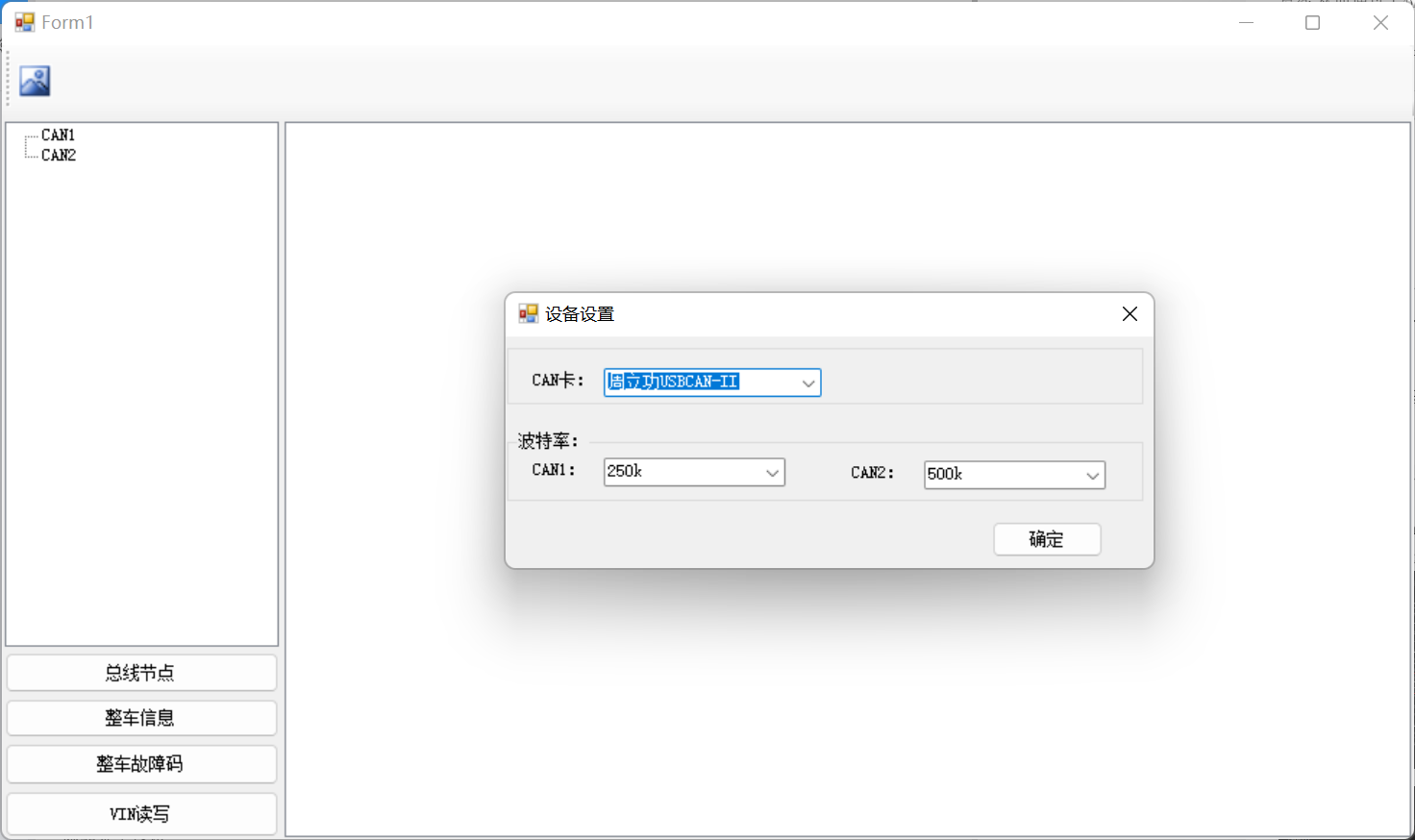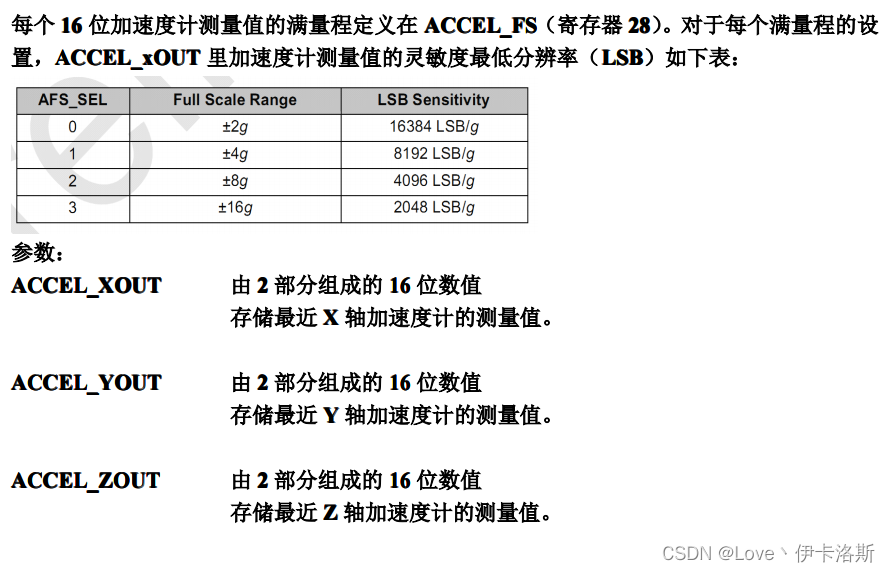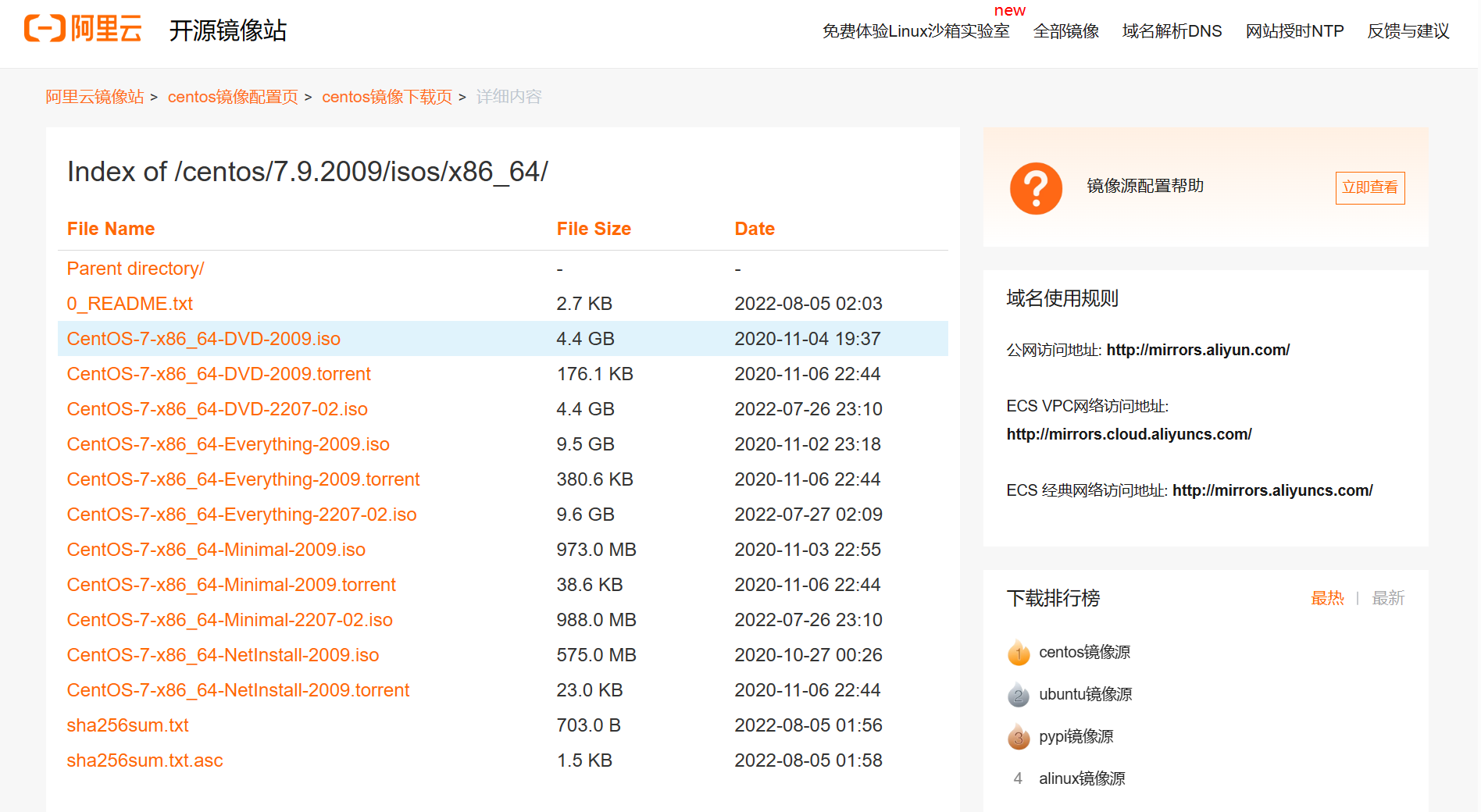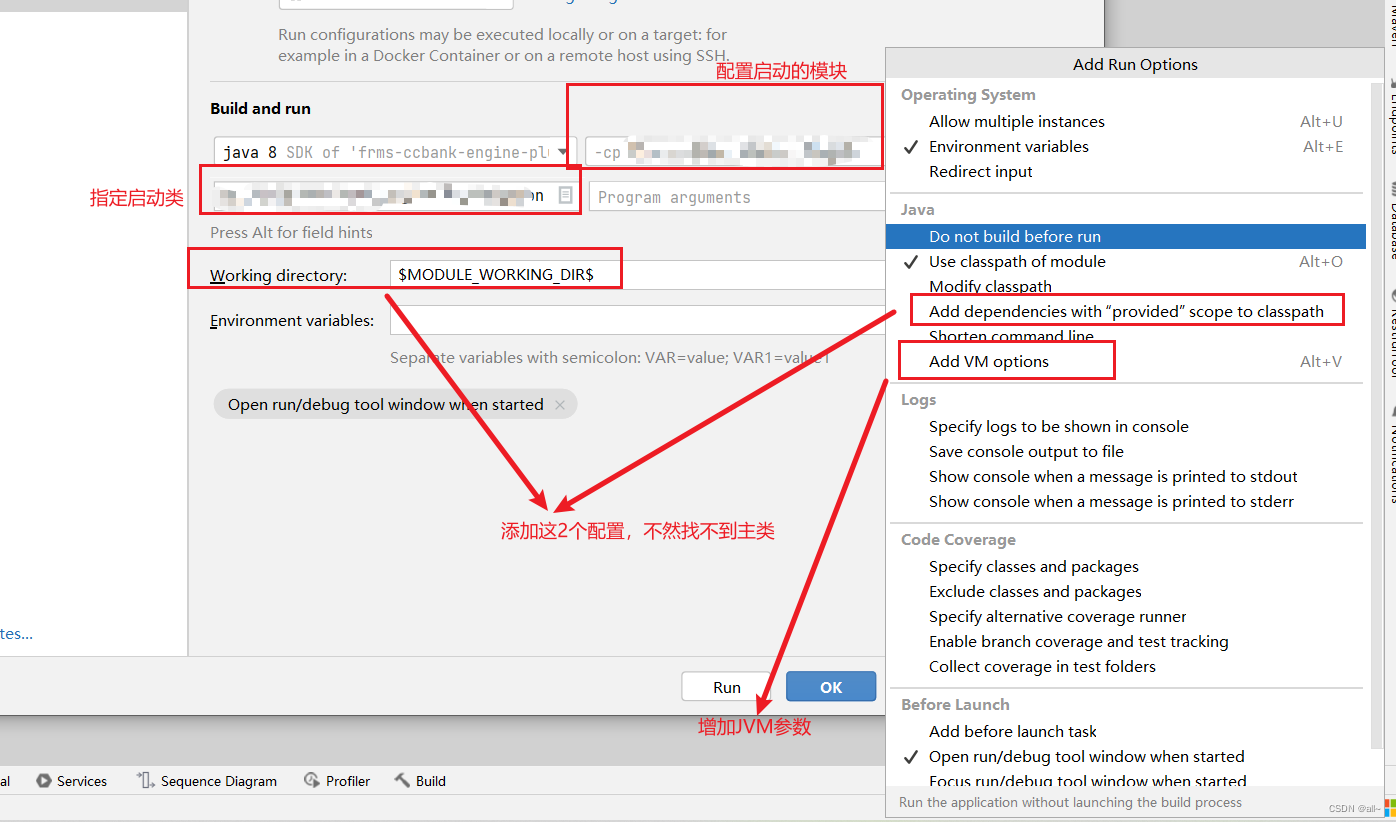可优化语句执行
- 概述
- CopyOneRowTo函数
- ScalarVector类
- CopySendString 函数
- FixedRowOut 函数
- CopySendInt32 函数
- CopySendData 函数
- appendBinaryStringInfo 函数
声明:本文的部分内容参考了他人的文章。在编写过程中,我们尊重他人的知识产权和学术成果,力求遵循合理使用原则,并在适用的情况下注明引用来源。
本文主要参考了 OpenGauss1.1.0 的开源代码
概述
本文主要围绕列存储进行学习。
CopyOneRowTo函数
CopyOneRowTo 函数的作用是将一个数据行(row)从一个源 ScalarVector 复制到目标 ScalarVector,以实现数据的拷贝。具体来说,它用于在处理批次数据时,从一个源列(ScalarVector)复制数据到另一个目标列(ScalarVector),以便在数据处理过程中进行转换、修改等操作,CopyOneRowTo 函数帮助实现了批次数据的复制和转换。
CopyOneRowTo函数源码如下:(src/gausskernel/optimizer/commands/copy.cpp)
/*
* Emit one row during CopyTo().
*/
static void CopyOneRowTo(CopyState cstate, Oid tupleOid, Datum* values, const bool* nulls)
{
bool need_delim = false; // 标志是否需要添加分隔符
FmgrInfo* out_functions = cstate->out_functions; // 输出函数的信息
MemoryContext oldcontext; // 保存旧的内存上下文
ListCell* cur = NULL; // 遍历属性列表的指针
char* string = NULL; // 临时字符串
// 重置行内存上下文,切换到行内存上下文
MemoryContextReset(cstate->rowcontext);
oldcontext = MemoryContextSwitchTo(cstate->rowcontext);
if (IS_BINARY(cstate)) {
// 对于二进制格式,发送元组的二进制头部信息
CopySendInt16(cstate, list_length(cstate->attnumlist));
// 如果需要,发送 OID
if (cstate->oids) {
// 假设 Oid 和 int32 大小相同
CopySendInt32(cstate, sizeof(int32));
CopySendInt32(cstate, tupleOid);
}
} else if (cstate->oids) {
// 对于文本格式,如果需要,发送 OID
// 假设数字不需要引用或编码转换
string = DatumGetCString(DirectFunctionCall1(oidout, ObjectIdGetDatum(tupleOid)));
CopySendString(cstate, string);
need_delim = true;
}
// 是否为固定列宽
if (IS_FIXED(cstate))
FixedRowOut(cstate, values, nulls);
else {
// 遍历属性列表
foreach (cur, cstate->attnumlist) {
int attnum = lfirst_int(cur); // 属性序号
Datum value = values[attnum - 1]; // 属性值
bool isnull = nulls[attnum - 1]; // 是否为 NULL 值
if (cstate->fileformat == FORMAT_CSV || cstate->fileformat == FORMAT_TEXT) {
// 对于 CSV 或文本格式,添加分隔符
if (need_delim)
CopySendString(cstate, cstate->delim);
need_delim = true;
}
if (isnull) {
// 处理 NULL 值
switch (cstate->fileformat) {
case FORMAT_CSV:
case FORMAT_TEXT:
CopySendString(cstate, cstate->null_print_client);
break;
case FORMAT_BINARY:
CopySendInt32(cstate, -1);
break;
default:
ereport(ERROR, (errcode(ERRCODE_FEATURE_NOT_SUPPORTED), errmsg("Invalid file format")));
}
} else {
if (!IS_BINARY(cstate)) {
// 非二进制格式,将值转换为字符串并处理
string = OutputFunctionCall(&out_functions[attnum - 1], value);
switch (cstate->fileformat) {
case FORMAT_CSV:
CopyAttributeOutCSV(cstate,
string,
cstate->force_quote_flags[attnum - 1],
list_length(cstate->attnumlist) == 1);
break;
case FORMAT_TEXT:
CopyAttributeOutText(cstate, string);
break;
default:
ereport(ERROR, (errcode(ERRCODE_FEATURE_NOT_SUPPORTED), errmsg("Invalid file format")));
}
} else {
// 二进制格式,调用输出函数并发送数据
bytea* outputbytes = NULL;
outputbytes = SendFunctionCall(&out_functions[attnum - 1], value);
CopySendInt32(cstate, VARSIZE(outputbytes) - VARHDRSZ);
CopySendData(cstate, VARDATA(outputbytes), VARSIZE(outputbytes) - VARHDRSZ);
}
}
}
}
// 发送行数据,并切换回旧的内存上下文
cstate->writelineFunc(cstate);
(void)MemoryContextSwitchTo(oldcontext);
}
ScalarVector类
ScalarVector 类是一种数据结构,用于存储单一数据列的向量化数据。在数据库系统中,数据通常以表格的形式存储,每个列都包含一组数据。ScalarVector 类的作用是为了优化这些列数据的处理,提高数据访问和计算的效率。
ScalarVector 类的源码如下:(路径:src/include/vecexecutor/vectorbatch.h)
// the core data structure for a column
class ScalarVector : public BaseObject {
friend class VectorBatch;
public:
// number of values.
int m_rows;
// type desciption information for this scalar value.
ScalarDesc m_desc;
// this value means that the value in the scalarvector is always the same
bool m_const;
// flags in the scalar value array.
uint8* m_flag;
// a company buffer for store the data if the data type is not plain.
VarBuf* m_buf;
// the value array.
ScalarValue* m_vals;
public:
// decode a variable length data.
// null value judgement should be outside of this function.
FORCE_INLINE
static Datum Decode(ScalarValue val)
{
return val;
}
// convert a datum to scalar value
static ScalarValue DatumToScalar(Datum datumVal, Oid datumType, bool isNull);
template <Oid datumType>
static ScalarValue DatumToScalarT(Datum datumVal, bool isNull);
public:
// constructor/deconstructor.
ScalarVector();
~ScalarVector();
// init the ScalarVector.
//
void init(MemoryContext cxt, ScalarDesc desc);
// used in tsdb. init with another ScalarVector object.
//
void init(MemoryContext cxt, ScalarVector* vec, const int batchSize);
// serialize the Scalar vector
//
void Serialize(StringInfo buf);
// serialize the Scalar vector of the particular index
//
void Serialize(StringInfo buf, int idx);
// Deserialize the vector
//
char* Deserialize(char* msg, size_t len);
// Add a variable length data
// this var may be from
// cstring, fixed length(> 8) data type, or pg traditional header-contain variable length
Datum AddVar(Datum data, int index);
// Add a header-contain variable
Datum AddVarWithHeader(Datum data);
// Add a variable without header on a special position. The original variable will be
// transfered in together with the length of the content. And inside the funtion, the header
// of the ScalarValue will be added before the actual content according to the data type.
Datum AddBPCharWithoutHeader(const char* data, int maxLen, int len, int aindex);
Datum AddVarCharWithoutHeader(const char* data, int len, int aindex);
// Add a short decimal without header on a special position. The value of decimal
// will be transfered in by int64 format together with the scale of it. And inside the function,
// the header will be added and the value will be converted into PG format. Here we only support
// short decimal which can be stored using int64.
Datum AddShortNumericWithoutHeader(int64 value, uint8 scale, int aindex);
Datum AddBigNumericWithoutHeader(int128 value, uint8 scale, int aindex);
char* AddVars(const char* src, int length);
// add a normal header-contain val
Datum AddHeaderVar(Datum data, int index);
// add a cstring type val
Datum AddCStringVar(Datum data, int index);
// add a fixed length val
template <Size len>
Datum AddFixLenVar(Datum data, int index);
// copy a vector
void copy(ScalarVector* vector, int start_idx, int endIdx);
void copy(ScalarVector* vector);
void copyDeep(ScalarVector* vector, int start_idx, int endIdx);
void copyNth(ScalarVector* vector, int Nth);
void copy(ScalarVector* vector, const bool* pSel);
// convert a cstring to Scalar value.
static Datum DatumCstringToScalar(Datum data, Size len);
// convert a fixed len datatype to Scalar Value
static Datum DatumFixLenToScalar(Datum data, Size len);
FORCE_INLINE
bool IsNull(int i)
{
Assert(i >= 0 && i < m_rows);
return ((m_flag[i] & V_NULL_MASK) == V_NULL_MASK);
}
FORCE_INLINE
void SetNull(int i)
{
Assert(i >= 0 && i < BatchMaxSize);
m_flag[i] |= V_NULL_MASK;
}
FORCE_INLINE
void SetAllNull()
{
for (int i = 0; i < m_rows; i++) {
SetNull(i);
}
}
private:
// init some function pointer.
void BindingFp();
Datum (ScalarVector::*m_addVar)(Datum data, int index);
};
CopySendString 函数
CopySendString 函数,这个函数的目的是将字符串数据添加到 CopyState 结构中的前端消息缓冲区中,以便之后将这些数据发送给客户端。它使用 appendBinaryStringInfo 函数将字符串数据追加到消息缓冲区中。CopySendString 函数源码如下:(src/gausskernel/optimizer/commands/copy.cpp)
// CopySendString does the same for null-terminated strings
void CopySendString(CopyState cstate, const char* str)
{
appendBinaryStringInfo(cstate->fe_msgbuf, str, strlen(str));
}
appendBinaryStringInfo 函数用于向StringInfo结构中追加任意二进制数据。首先,它会检查 StringInfo 结构是否为空。然后,根据需要分配更多空间以容纳要追加的数据。接下来,使用 memcpy_s 函数将数据追加到 StringInfo 结构的末尾,并更新长度信息。最后,会在字符串的末尾添加一个 null 字符,即使对于二进制数据来说,这个 null 字符可能没有实际用处。appendBinaryStringInfo 函数源码如下:(src/common/backend/lib/stringinfo.cpp)
/*
* appendBinaryStringInfo
*
* 向StringInfo结构追加任意二进制数据,如果需要的话会分配更多空间。
*/
void appendBinaryStringInfo(StringInfo str, const char* data, int datalen)
{
Assert(str != NULL); // 断言:确保StringInfo结构非空
/* 如果需要的话分配更多空间 */
enlargeStringInfo(str, datalen);
/* 追加数据 */
errno_t rc = memcpy_s(str->data + str->len, (size_t)(str->maxlen - str->len), data, (size_t)datalen);
securec_check(rc, "\0", "\0");
str->len += datalen;
/*
* 保持末尾的null,尽管对于二进制数据来说可能没有用处。
* (一些调用者处理的是文本数据,但是因为输入没有以null结尾,所以调用了这个函数。)
*/
str->data[str->len] = '\0';
}
DatumGetCString 是一个宏,作用是将 Datum 类型的数据转换为C字符串。源码如下:(路径:src/include/postgres.h)
/*
* DatumGetCString
* Returns C string (null-terminated string) value of a datum.
*
* Note: C string is not a full-fledged Postgres type at present,
* but type input functions use this conversion for their inputs.
*/
#define DatumGetCString(X) ((char*)DatumGetPointer(X))
FixedRowOut 函数
FixedRowOut 函数是在固定列宽格式下将一行数据输出。它首先根据格式信息扩展输出缓冲区,然后遍历每个字段进行处理,根据字段的值和是否为null,调用相应的处理函数输出数据或null值。源码如下:(路径:src/gausskernel/optimizer/commands/formatter.cpp)
// 固定列宽格式下输出一行数据
void FixedRowOut(CopyState cstate, Datum* values, const bool* nulls)
{
// 获取输出函数信息和固定列宽格式信息
FmgrInfo* out_functions = cstate->out_functions; // 输出函数信息
FixFormatter* formatter = (FixFormatter*)cstate->formatter; // 固定列宽格式信息
FieldDesc* descs = formatter->fieldDesc; // 字段描述
char* string = NULL; // 临时字符串指针
// 根据行大小扩展输出缓冲区
enlargeStringInfo(cstate->fe_msgbuf, formatter->lineSize);
// 遍历每个字段进行处理
for (int i = 0; i < formatter->nfield; i++) {
// 获取当前字段的属性序号和对应的值
int attnum = formatter->fieldDesc[i].attnum; // 当前字段属性序号
Datum value = values[attnum - 1]; // 当前字段值
bool isnull = nulls[attnum - 1]; // 当前字段是否为null
// 根据是否为null进行处理
if (isnull) {
// 调用AttributeOutFixed函数输出null值
AttributeOutFixed<false>(cstate, descs[i].nullString, descs + i);
} else {
// 对非null值,调用输出函数并输出
string = OutputFunctionCall(&out_functions[attnum - 1], value);
Assert(string != NULL);
AttributeOutFixed<false>(cstate, string, descs + i);
}
}
}
CopySendInt32 函数
CopySendInt32 函数用于将一个 int32 类型的值以网络字节序发送出去。它首先将传入的 int32 值转换为网络字节序,并将结果存储在 buf 中,然后通过调用 CopySendData 函数将 buf 中的数据发送出去。函数源码如下:(路径:src/gausskernel/optimizer/commands/copy.cpp)
/*
* 这些函数会进行一些数据转换
*/
/*
* CopySendInt32 以网络字节序发送 int32 类型的值
*/
static void CopySendInt32(CopyState cstate, int32 val)
{
uint32 buf;
// 将 int32 类型的值转换为网络字节序,并存储在 buf 中
buf = htonl((uint32)val);
// 调用 CopySendData 函数将 buf 中的数据发送出去,发送的字节数为 sizeof(buf)
CopySendData(cstate, &buf, sizeof(buf));
}
CopySendData 函数
这段代码定义了一系列发送数据的函数,这些函数会将指定的数据追加到 cstate->fe_msgbuf 中,其中 cstate 是 CopyState 结构体的指针,表示数据拷贝的状态。这些函数分别用于发送二进制数据、以 null 结尾的字符串、单个字符以及在每行数据末尾执行适当的操作。这些函数并不会对数据进行任何转换,只是简单地将数据追加到消息缓冲区中。
/* ----------
* CopySendData 将输出数据发送到目标(文件或前端)
* CopySendString 对以 null 结尾的字符串执行相同操作
* CopySendChar 对单个字符执行相同操作
* CopySendEndOfRow 在每行数据末尾执行适当的操作
* (实际上只有在 CopySendEndOfRow 时才会刷新数据,其他函数不会刷新数据)
*
* 注意:这些函数不会对数据进行任何转换
* ----------
*/
static void CopySendData(CopyState cstate, const void* databuf, int datasize)
{
// 调用 appendBinaryStringInfo 函数将指定大小的数据追加到 cstate->fe_msgbuf 中
appendBinaryStringInfo(cstate->fe_msgbuf, (const char*)databuf, datasize);
}
appendBinaryStringInfo 函数
appendBinaryStringInfo 函数接受一个 StringInfo 结构体指针 str,一个 const char* 类型的数据指针 data,以及一个整数 datalen,表示数据的长度。函数会首先确保 str 不为空,然后根据需要分配更多空间,将指定长度的数据复制到 str 的数据缓冲区中,然后更新已追加数据的长度,并在数据末尾添加一个 null 字符,以保证字符串的正确终止。这个函数通常用于将二进制数据添加到 StringInfo 结构体中,StringInfo 是一个动态字符串结构体,它的大小可以根据需要自动增长。源码如下:(路径:src/common/backend/lib/stringinfo.cpp)
/*
* appendBinaryStringInfo
*
* 将任意的二进制数据追加到 StringInfo 中,如果需要的话会分配更多的空间。
*/
void appendBinaryStringInfo(StringInfo str, const char* data, int datalen)
{
Assert(str != NULL); // 断言确保 str 不为空
/* 如果需要的话分配更多空间 */
enlargeStringInfo(str, datalen);
/* 将数据追加到 str 中 */
errno_t rc = memcpy_s(str->data + str->len, (size_t)(str->maxlen - str->len), data, (size_t)datalen);
securec_check(rc, "\0", "\0");
str->len += datalen; // 更新已追加数据的长度
/*
* 保持末尾的 null 字符,即使对于二进制数据它可能没有用处。
* (一些调用者处理文本,但调用这个函数是因为输入可能没有以 null 结尾。)
*/
str->data[str->len] = '\0';
}
